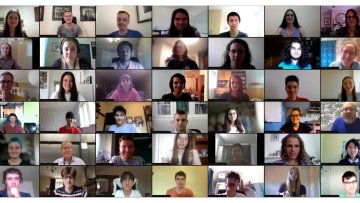16:00
G2 instantons in twisted M-theory
It is also possible to join online via Zoom.
Abstract
Computing Donaldson-Thomas partition function of a G2 manifold has been a long standing problem. The key step for the problem is to understand the G2 instanton moduli space. I will discuss a string theory way to study the G2 instanton moduli space and explain how to compute the instanton partition function for a certain G2 manifold. An important insight comes from the twisted M-theory on the G2 manifold. This talk is based on a work with Michele del Zotto and Yehao Zhou.


